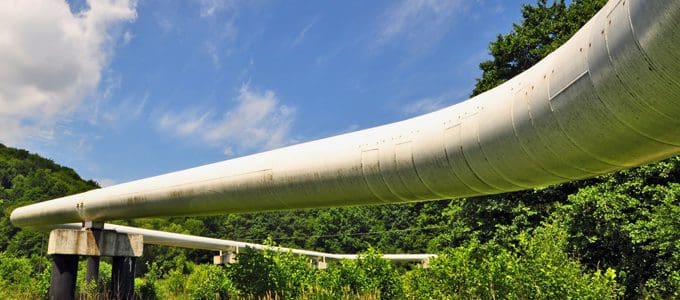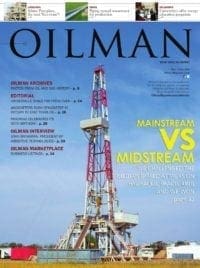Pipeline security requires a combination of assorted technology systems to maintain control during pipeline initiation, installation, and operation. Sociotechnical systems influences organizational results through first developing tacit knowledge on underlying factors assorted sociotechnical relationships offer an organization (Haavik, 2011). Technology systems (TS) divided by four sociotechnical organizational factors will lead management to control waggish colloquies and fill inspection gaps.
The four factors are management, procedural, technical, and cultural. Each factor will coordinate management and work approaches synonymously to detect organizational reliability. A successfully controlled technostructure allows the pipeline organization an opportunity to focus on each organizational factor in organizational cooperation across a changing pipeline process (Haavik, 2011). Integrated operations or IO elaborates modern characteristics of management styles while addressing iterative organizational components. IO’s and TS’s intertwined begin to advance organizational models of innovation to increase operating functions throughout the pipeline spread. The steps to support and encourage sociotechnical approaches through a combination of a few methods are outlined next. One method is accident models to treat the pipeline contractor as one entity and not divide into parts. Management has the option to have a distributed pattern of interaction (Walker, Stanton, Salmon, & Jenkins, 2008). The pattern of interaction Walker et al. (2008) reviewed sociotechnical systems as a classic concept to explain various management styles and diffuse innovation through patterns of interaction. The classic pattern of interaction consists of allocation of decision rights and distribution of information to each section of the pipeline. The allocation of decision rights is innocuous to the organization’s management style although contains peer to peer hierarchies and tight control of information. Innovation takes total control of organizational information and the allocation of management decisions to create a fiducially pattern of sociotechnical support.
Technology systems are the best choice to replace old pipeline habits and protect life and preserve property. Specializing in TS’s is the ideal option for pipeline organizations to monitor tanks, piping, compressor stations, pressure vessels, and natural gas facilities. A pure justice approach of the facts about how oil and natural gas pipelines are monitored is needed to prevent a pipeline contextual discrimination toward the pipeline infrastructure. Solving inspection challenges will provide pipeline integrity solutions through implementing the right TS.
References
1. Haavik, T. (2011). On Components and Relations in Sociotechnical Systems. Journal of Contingencies and Crisis Management, 19(2), 99-109. Doi: 10.1111/j.1468-5973.2011.00638. x.
2. Walker, G., Stanton, N., Salmon, P., and Jenkins, D. (2008). A Review of Sociotechnical Systems Theory: A Classic Concept for new command and control paradigms. Theoretical Issues in Ergonomics Science, 9(6), 479-499. doi: 10.1080/1463920701635470.
Mike Thomas is a Doctor of Management candidate at The University of Phoenix in Organizational Leadership with over 16 years of pipelining experience. He is currently a pipeline inspector in the northeast region of Oklahoma. His expertise encompasses pipeline safety, integrity, and inspection for assorted pipeline clients.





